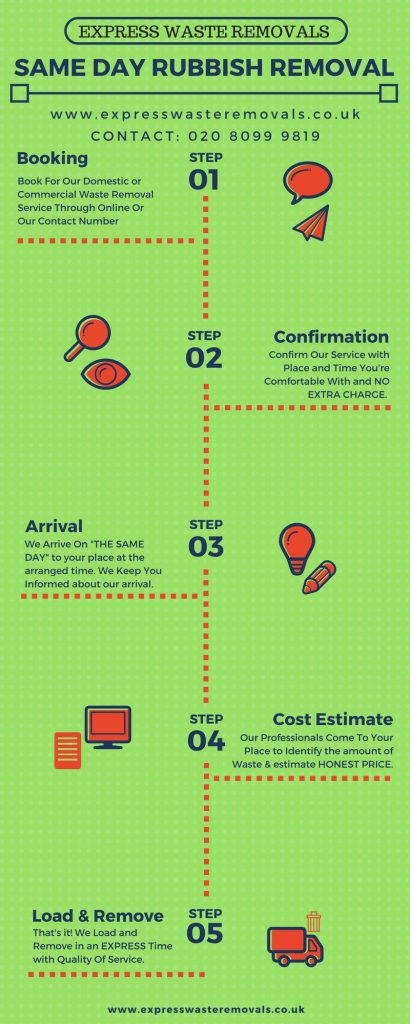How To Choose The Right Size Skip Bin For Your Task: A Comprehensive Guide
How To Choose The Right Size Skip Bin For Your Task: A Comprehensive Guide
Blog Article
Composed By-
When selecting the suitable Skip bin size for your job, you'll want to ensure it lines up precisely with your garbage disposal needs to stay clear of any type of last-minute headaches. Elements such as the sort of waste, project duration, available room, and spending plan play essential functions in making the right choice. However just how do you accurately estimate the quantity of waste you'll produce and convert that right into the appropriate Skip container measurements? Let's discover these crucial factors to consider to help you make an enlightened selection for your upcoming project.
Factors to Think about
When selecting the best size Skip bin for your project, a number of elements need to be taken into consideration.
Initially, assess the amount and type of waste you'll be throwing away. Different tasks produce varying kinds and quantities of waste, so understanding your waste stream is crucial.
Consider the room offered on your residential property for the Skip container. Make learn here that the chosen bin size can fit in the designated area without triggering blockage.
Another aspect to think about is the period of your project. Longer projects might call for bigger Skip containers or more frequent clearing to accommodate the waste produced with time.
Think about cheapest bins in your location, such as weight restrictions or banned things, to make sure conformity with policies.
Finally, consider your spending plan and pick an avoid container size that straightens with your economic constraints while still satisfying your garbage disposal needs.
Estimating Waste Quantity
To precisely select the right size Skip container for your task, you need to first estimate the quantity of waste you'll be disposing of. One way to do this is by aesthetically examining the things you prepare to get rid of and approximately approximating their overall quantity in cubic meters.
Additionally, you can use online tools or waste quantity calculators to assist you determine the approximate quantity of waste you'll have. Remember that it's better to slightly overstate than to undervalue, as it's even more affordable to work with a somewhat larger Skip bin than to purchase an added one if you lack space.
If you're still unsure, think about consulting from waste monitoring experts who can offer advice based upon the type of project you're carrying out. By precisely approximating your waste volume, you'll be better equipped to pick the right Skip container dimension for your requirements.
Comprehending Container Dimensions
Understanding container dimensions is important when choosing the proper Skip container size for your task. Skip containers come in numerous dimensions, usually gauged in cubic meters.
The dimensions of an avoid container describe its size, size, and height. By recognizing these measurements, you can imagine how much waste the container can hold and whether it will suit your requirements.
For example, a 2 cubic meter Skip container may have measurements of around 1.8 meters in length, 1.4 meters in size, and 0.9 meters in elevation. Recognizing these measurements can help you determine if the Skip bin will certainly suit your desired area and if it can suit the volume of waste you prepare for creating.
Constantly take into consideration the area you have readily available for the Skip bin and ensure that its measurements align with your task needs to stay clear of any type of problems during waste disposal.
Conclusion
In conclusion, picking the right size Skip bin for your project requires careful consideration of aspects like waste volume, available room, project duration, restrictions, and budget plan. Approximating waste precisely and recognizing container measurements are crucial actions to make sure the Skip bin satisfies your demands. By complying with these standards, you can properly handle your waste disposal needs and simplify your job. Select wisely to make your project a success.
